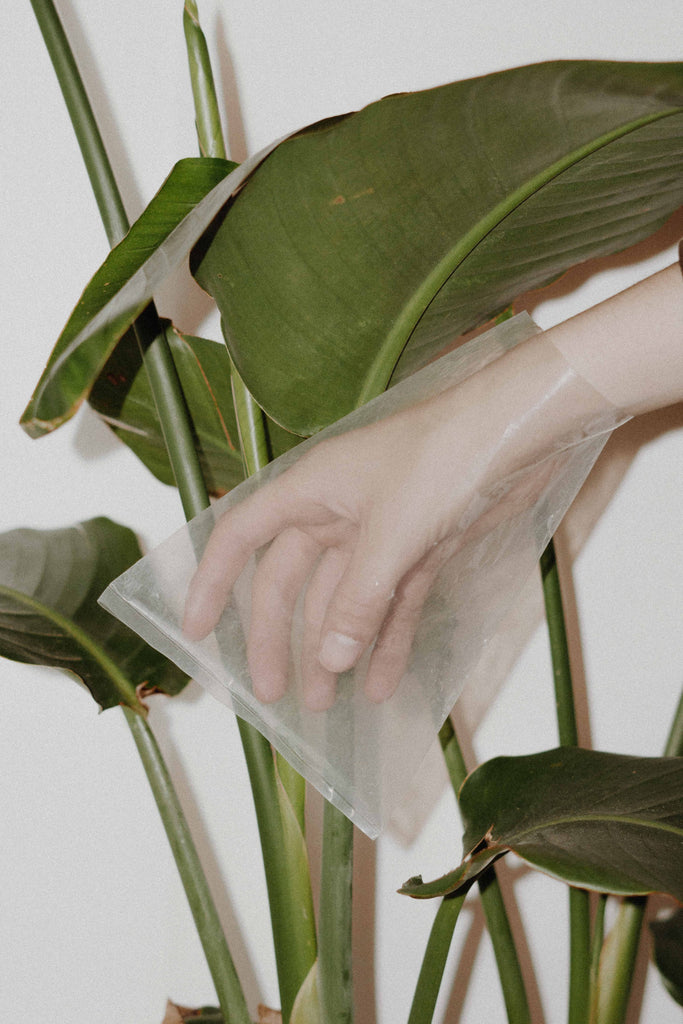By 2050, it’s estimated that the ocean will be filled with more plastic than fish – the majority of it coming from land and most likely once in our hands. Single-use plastics are a regular occurrence in our everyday lives but we can make little changes that add up to big impact – by minimizing the use of plastic, especially in situations when it can be avoided.
What are single-use plastics?
Single-use or disposable plastics are intended to be used once and then thrown away or recycled. They’re made primarily from petrochemicals and are favored due to low cost. Companies have become used to relying on single-use plastics for its convenience, safety, cost-savings and efficiency.
Can single-use plastics be recycled?
Only around 9% of plastic is actually recycled in the US. The rest? It ends up burned in an incinerator or in landfills where it ends up polluting our environment. Contamination from these toxic chemicals can spread into the soil where we grow our food, the water we drink, and the air we breathe (see our past blog about “microplastics”).

Why doesn’t plastic get recycled?
Sadly, most types of single-use plastics can’t be recycled in the US. It’s important to note that there’s different types of plastic (7 in fact!). Although there’s various “recycling” symbols and marketing that tries to convince us that plastic can be recycled, only polyethylene terephthalate, PET or PETE (plastic symbol #1) and high density polyethylene or HDPE (plastic symbol #2) meet the minimum legal standards that allow them to be labeled as recyclable.
For plastic symbols #3 through #7, there’s extremely low acceptance rates of these at recycling facilities across the country. For example, below are the recycling acceptance rates of 4 of the most common of these plastics:
- Plastic cups (11%)
- Plastic bags (4%)
- Plastic cutlery (1%)
- Plastic plates (1%)

3 tips for avoiding plastic
#1 Conduct a plastic-audit
Have a look at all of your everyday habits and see what products you can replace with reusable options instead. Ask: “What disposable items can be replaced with reusable alternatives?” or “What short-term items can be replaced with high-quality, durable and longer-lasting ones?”.
Sustainable swap ideas:
- Takeaway coffee cups → reusable mug or thermos
- Plastic grocery bags → shopping bags made from natural fibers
- Plastic water bottles → reusable metal or glass water bottles
- Single-use straws → There are so many reusable straw options – they come in stainless steel, silicone, glass, and more!
#2 Look at labels
To be a more conscious shopper,before making a purchase, ask:
- What is this made of?
- Will I use this more than once?
- Is there a better alternative?
- Do I really need this?
- What is this product and its packaging made of?
- How will it be disposed of?
Opt for products that come in paper rather than plastic packaging, or avoid pre-packaged produce by reaching for the loose ones instead (bonus points for bringing your own produce bags – we love these from Public Goods). Bulk stores have also become popular in recent years – bring your own reusable containers and buy what you need.
#3 Ask hard questions
You might be surprised at what products have plastic in them. Do some research to find out what symbols or materials to be on the lookout for so you can be more aware and make a more eco-conscious decision. For example, most tea bags have plastic in them (to stop the bag from ripping when it’s dunked in hot water). Consider buying loose leaf tea instead, they tend to be of better quality leaves than what gets shoved into tea bags. Don’t be afraid to ask the brands you buy from if they are plastic-free (or trying to be!).
Our plastic-free commitment: super natural, never synthetic
From every product to our packaging, we have consciously chosen to eliminate all forms of plastics, including synthetic fabrics (which are petrochemical based and shed microplastics with every wash), elastics, and shipping envelopes. Our underwear are fully compostable, and our packaging is compostable and recyclable. Discover more about our super natural material standards, here.
